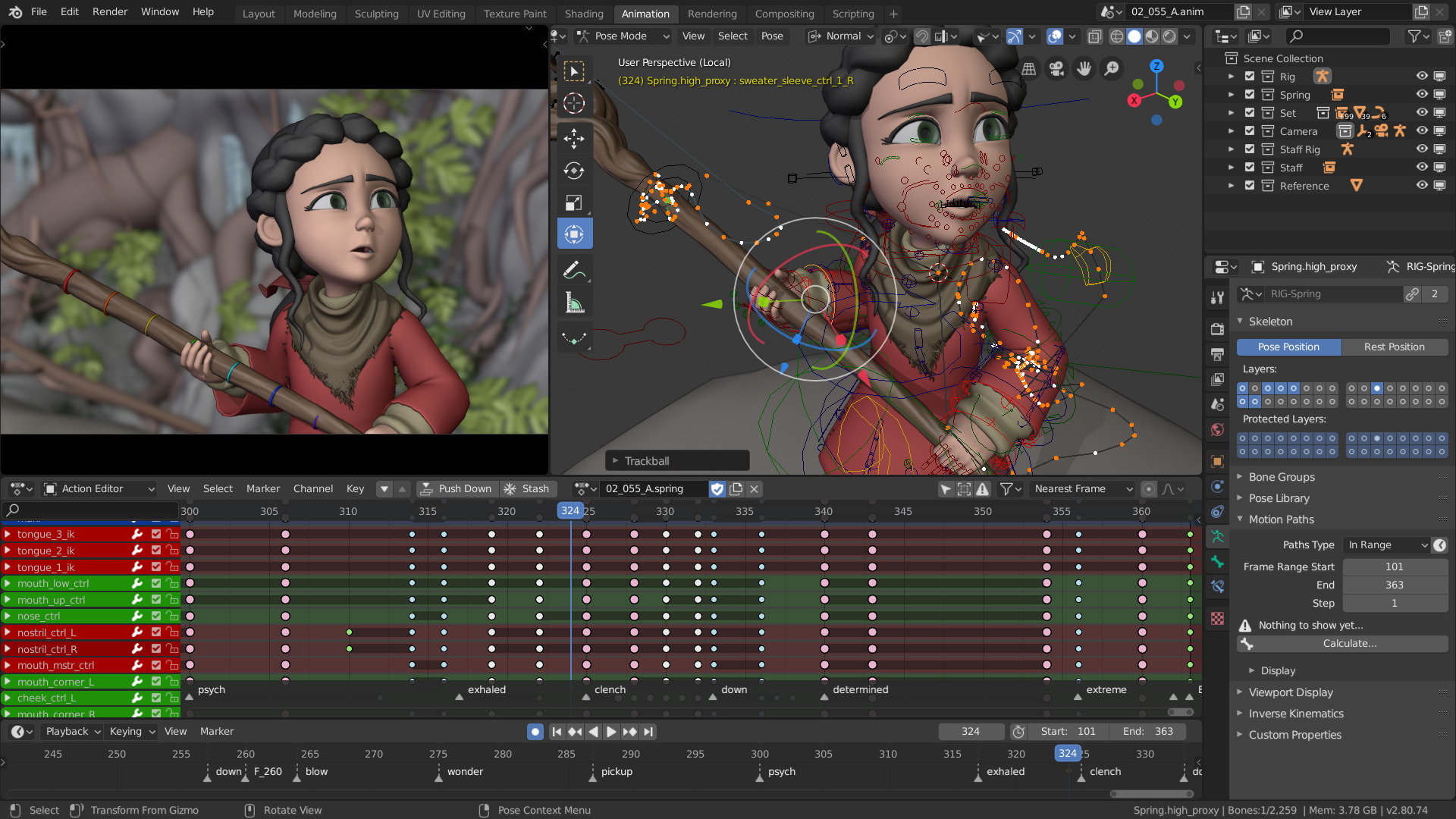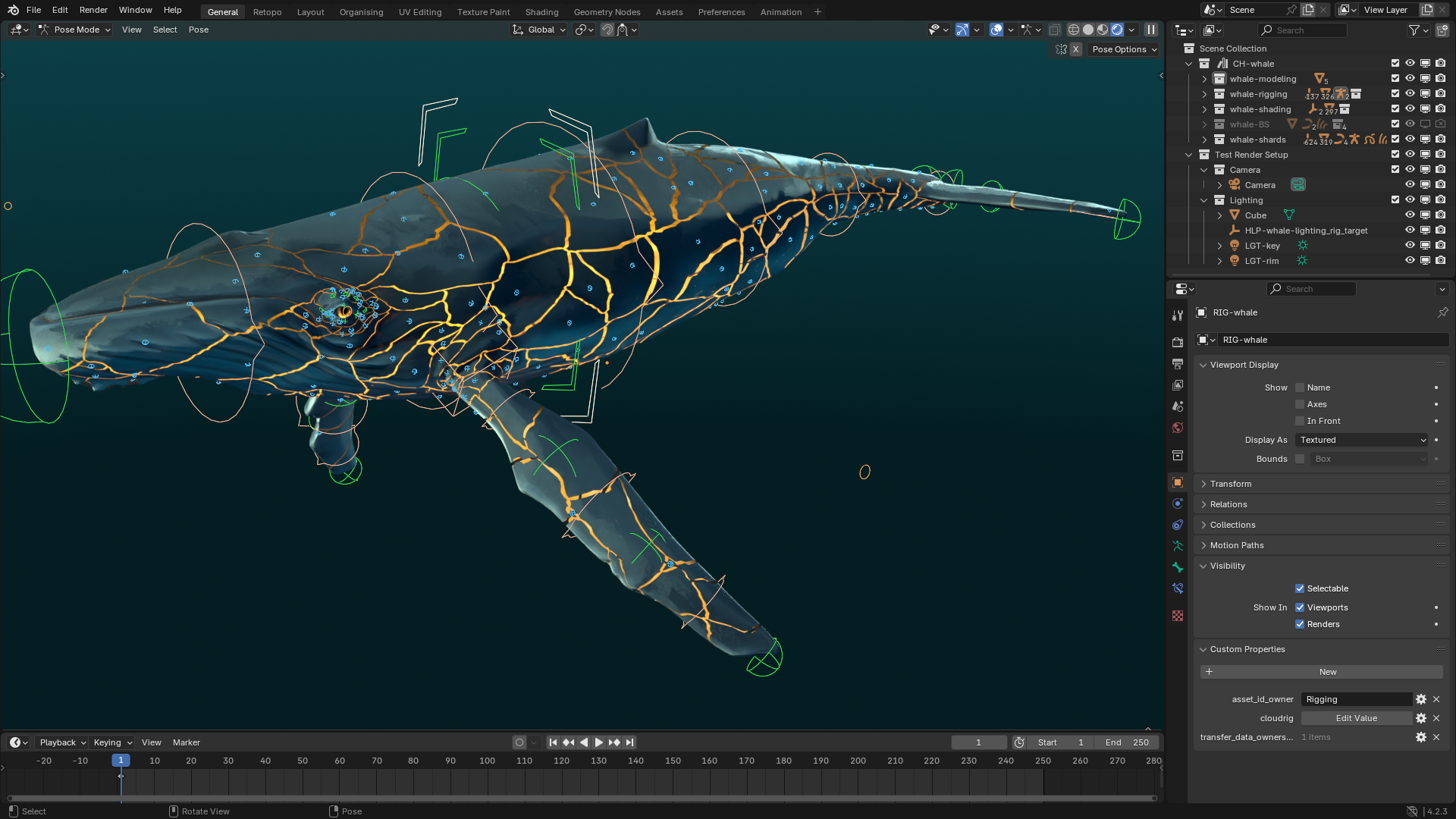Shaping Minds in Three Dimensions
Exploring the Cognitive Benefits of 3D Modeling and Rendering
In an increasingly digital world, the tools we use shape not only our creations but also our cognitive abilities. Among these tools, 3D modeling and rendering software, often associated with entertainment and design industries, offer significant, though perhaps less obvious, benefits for intellectual development. Engaging with the complexities of creating and visualizing three-dimensional space actively cultivates critical cognitive skills, including spatial reasoning, problem-solving, and attention to detail, thereby contributing to enhanced cognitive function and a more versatile intellect.
Developing Spatial Intelligence
At its core, 3D modeling requires the artist or designer to constantly think spatially. One must mentally manipulate objects in three dimensions, understanding how forms interact, how light affects surfaces, and how perspective changes appearance. This process directly exercises and strengthens spatial reasoning – the ability to visualize and mentally rotate objects in space.
This skill is crucial not only in design and engineering fields but also translates to better navigation, understanding complex diagrams, and even certain aspects of mathematical thinking. Software like Blender or Maya becomes a virtual gymnasium for the brain's spatial processing centers.

Fostering Problem-Solving Skills

Creating a convincing 3D model or scene is rarely a straightforward process. Users frequently encounter technical hurdles and creative challenges. How can a complex shape be modeled efficiently? Why isn't the lighting rendering as expected? How can a texture be applied realistically to an irregular surface? What is a good topology to use on a certain model?
Answering these questions involves systematic troubleshooting, experimentation, and logical deduction. Users learn to break down complex problems into smaller, manageable parts, test different solutions, and learn from errors – the very essence of effective problem-solving. This iterative process of identifying issues and devising solutions cultivates resilience and analytical thinking applicable far beyond the software itself.
Cultivating Attention to Detail & Technical Acumen
Producing high-quality 3D work demands meticulous attention to detail. From refining the topology of a mesh (the arrangement of polygons) to adjusting minute lighting parameters or perfecting texture maps, precision is key. Users learn to observe closely, identify subtle imperfections, and make precise adjustments.
Furthermore, mastering 3D software inherently involves learning complex technical interfaces, understanding intricate workflows, and keeping abreast of software updates and rendering techniques. This constant learning enhances technical literacy and adaptability, valuable assets in any modern profession.

Conclusion: Beyond the Pixels
While often viewed through the lens of artistic output or technical utility, the practice of 3D modeling and rendering serves as a potent cognitive training ground. By demanding sophisticated spatial visualization, persistent problem-solving, and rigorous attention to detail, it actively enhances key aspects of intelligence, making individuals not just better designers or artists, but potentially more adept thinkers and learners overall.